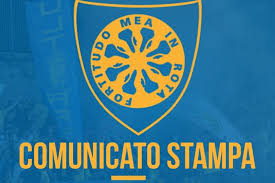
Atlético Madrid Club
The Atlético Madrid Club is not just a football club; it’s a cultural phenomenon that intertwines with the very essence of Spanish football. Founded in 1903, the club has grown from its humble beginnings into one of the most prominent and successful teams in Europe. With a passionate fanbase, historic rivalries, and a commitment to excellence, Atlético Madrid Club stands as a testament to the spirit and resilience of the sport 789f.
History of Atlético Madrid Club
The history of the Atlético Madrid Club is rich and layered, akin to the tapestry of Spanish football itself. Originating in the early 20th century, the club’s formation was a direct result of the influence of Basque students residing in the Spanish capital. Over the years, it has evolved through various phases, each marking significant milestones and transformations in both its identity and success on the pitch.
Early Beginnings: Foundation and Growth
Founded in 1903 by three brothers who were studying in Madrid, Atlético Madrid Club began as a small offshoot of Athletic Bilbao, intending to provide a team for the local students. Initially named Athletic Club de Madrid, the club quickly gained traction among fans and started participating in regional competitions.
As the years progressed, Atlético Madrid Club became synonymous with athletic excellence. Not only did the club aim for success on the pitch, but it also sought to cultivate a strong sense of community among its supporters. The establishment of a home ground—Estadio Metropolitano—in 1923 marked a significant milestone, allowing fans to rally behind their club in a dedicated venue.
The Golden Era: 1940s and 1950s
The post-war period heralded a golden era for the Atlético Madrid Club. Under the management of Ricardo Zamora, the team showcased remarkable talent and tactical prowess, securing multiple La Liga titles, including their first in 1940. This period saw the emergence of legendary players who would define the club’s legacy, such as forward Francisco Gento and goalkeeper Antonio Betancort.
With an aggressive playing style and a penchant for thrilling matches, Atlético Madrid Club captured the hearts of fans nationwide. Their impressive performances laid the groundwork for a solid fanbase that continues to thrive today.
Challenges and Resurgence: The Late 20th Century
Despite its achievements, the late 20th century proved to be a challenging time for Atlético Madrid Club. Financial difficulties plagued the organization, prompting changes in ownership and management. However, surviving these hardships strengthened the resolve within the club.

